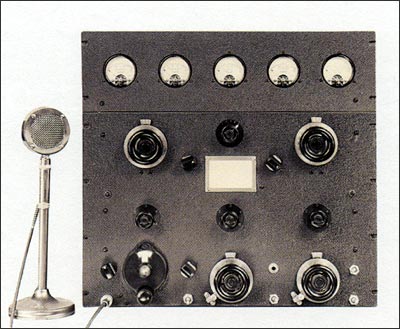This is a modern telling of Clinton DeSoto’s 1936 classic 200 Meters and Down story through meticulous research of the author, Richard Bartlett, and the amateur radio experiences of the his brother Forrest, W6OWP. Tracing the start of radio from Marconi through the emergence of a thriving hobby in the post WWI years, Bartlett does a wonderful job of taking the reader on a journey through the history of ham radio. It is a more vibrant story than 200 Meters, aided by hindsight and a wealth of primary sources the author pulls from. When he describes the early boy-ham experimenter, I immediately drew a parallel with the boy-“hackers” of the 1980s and 90s. Teenage boys, curious and prone to mischief with knowledge of a new technology unfamiliar to most. Ignorance easily creates fear, and these early boy-hams were often looked at as a danger and a threat.

There is good coverage of the early organizations supporting ham radio to include The Royal Order of the Wouff Hong. I’d always heard about the Wouff Hong and it was fascinating to read about it’s humorous origins.
Bartlett covers many of the highlights of ham radios initial contributions: demonstrating the ability to relay messages across the country, providing a means of communications in support of disaster areas, and sending messages across the globe. It is amazing that amateur radio survived the post-WWI years – threatened by both the military and commercial broadcast interests. The hobby also created a commercial industry of amateur radio equipment suppliers – Bartlett describes the elaborate displays these businesses put on at the Chicago’s 1933-34 World’s Fair that helped capture the imagination of the public.
The best part of the book so far is Bartlett’s coverage of ham radio’s support to exploration in the 1920s and 30s (Chapter 7, Amateurs as Experimenters and Adventurers). Harry Wells, W3ZD, accompanied a 1929 scientific expedition to Borneo and sent reports back to hams in the states. Bertram Sandham, W6EQF supported an automobile expedition to open up an International Pacific Highway from Fairbanks, AK to Buenos Aires. The descriptions of both these portable and mobile operations are exciting and inspiring.

I’m still working through the book, so more to come.
… part 2 of the review is here
